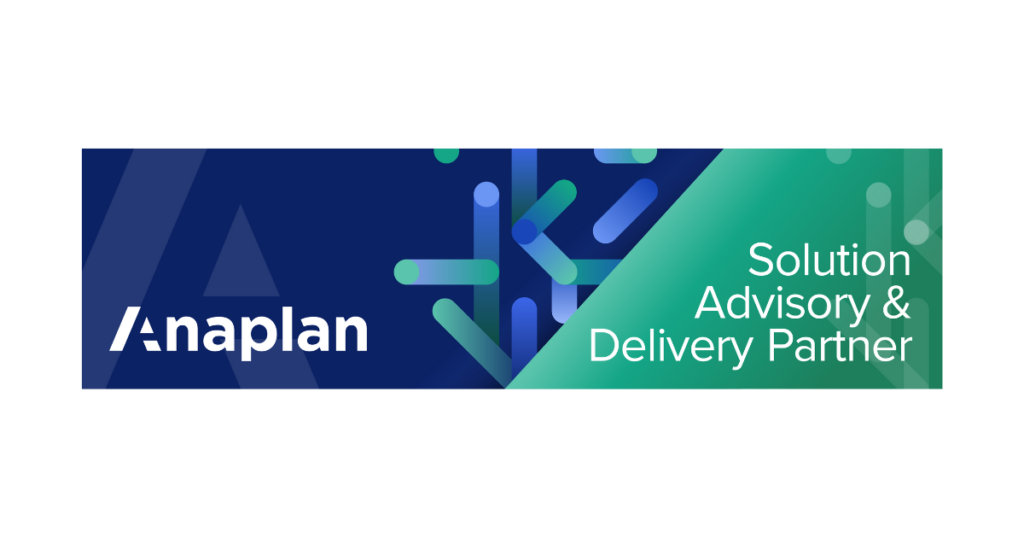At Ufinity Group, we notice there is some disagreement within finance about what the different tools can or cannot do. In this blog, we compare Business Intelligence (BI), planning, and consolidation tools to help you and your team determine what you need.
The need for Tools
The general purpose of a tool is to make the process more efficient, allowing you to focus on making decisions based on scenario and data analysis. In most SMEs and even large companies, financial processes are still wrapped up in different, separate Excel documents. This makes the process time-consuming and error-prone.
BI and Planning Tools: What’s the Difference?
While there may be some overlap between BI and planning tools, they generally serve different functions:
Business Intelligence Tools
- BI software focuses on collecting and presenting data to provide insights into performance.
- It focuses on understanding historical data and trends and generating reports and dashboards that support decision-making.
- BI is focused on describing what has happened and why.
Budget & Planning Tools
- Budgeting & planning software is specifically aimed at planning and managing (non-)financial goals and resources.
- It enables users to set and track budgets, create forecasts, set (non-)financial goals, and analyze scenarios. This is also done in clear reports and dashboards.
- Budgeting & planning software is focused on planning future activities.
Both tools can, of course, be integrated with each other.
Benefits of Planning Tools
Planning tools also have the useful functionality of being linked to every department in an organization, so a budget adjustment is immediately visible everywhere. Moreover, these tools are user-friendly and custom-made. In other words, the implementation process for a planning tool is much shorter than for an ERP system, namely 3-6 months.
Examples of BI tools:
- Tableau
- Microsoft Power BI
- QlikView/Qlik Sense
- IBM Cognos Analytics
- SAP BusinessObjects
- MicroStrategy
- Bright Analytics
Examples of Planning tools:
- Oracle Hyperion Planning
- Workday
- Anaplan
- SAP BPC
- IBM Planning Analytics
- SAP BPC/SAC
- Farseer
Consolidation Tools
In addition to BI and planning tools, there are also consolidation tools focused on consolidating and reporting financial data from multiple entities within an organization. Examples of consolidation tools are Lucanet and Fluence. Fluence goes a step further with disclosure management, which is available separately. Integration with other tools is also possible here.
Do you need help with implementation? Numlix, a business unit of Ufinity, implements BI, planning, and consolidation tools. Budgeting and planning don’t have to bring extra pressure to your organization. With our in-house FP&A expertise combined with Anaplan, Power BI, and Fluence, Numlix simplifies your business planning by eliminating spreadsheet processes and creating a single source of information.
Why these tools are important for your organization
In summary, BI, planning, and consolidation tools are crucial instruments for financial management, each with their own specific functions and benefits. While BI tools help you gain insight into historical data and trends, planning tools support you in setting and managing future financial goals. Consolidation tools ensure that you can seamlessly merge and report the financial data of different entities.
Integration between the three is also possible, making your financial processes even more efficient and providing a comprehensive, accurate data source you can rely on.
If you’d like more information about the different tools and implementation processes, feel free to get in touch ;-)


